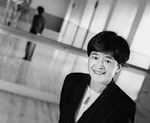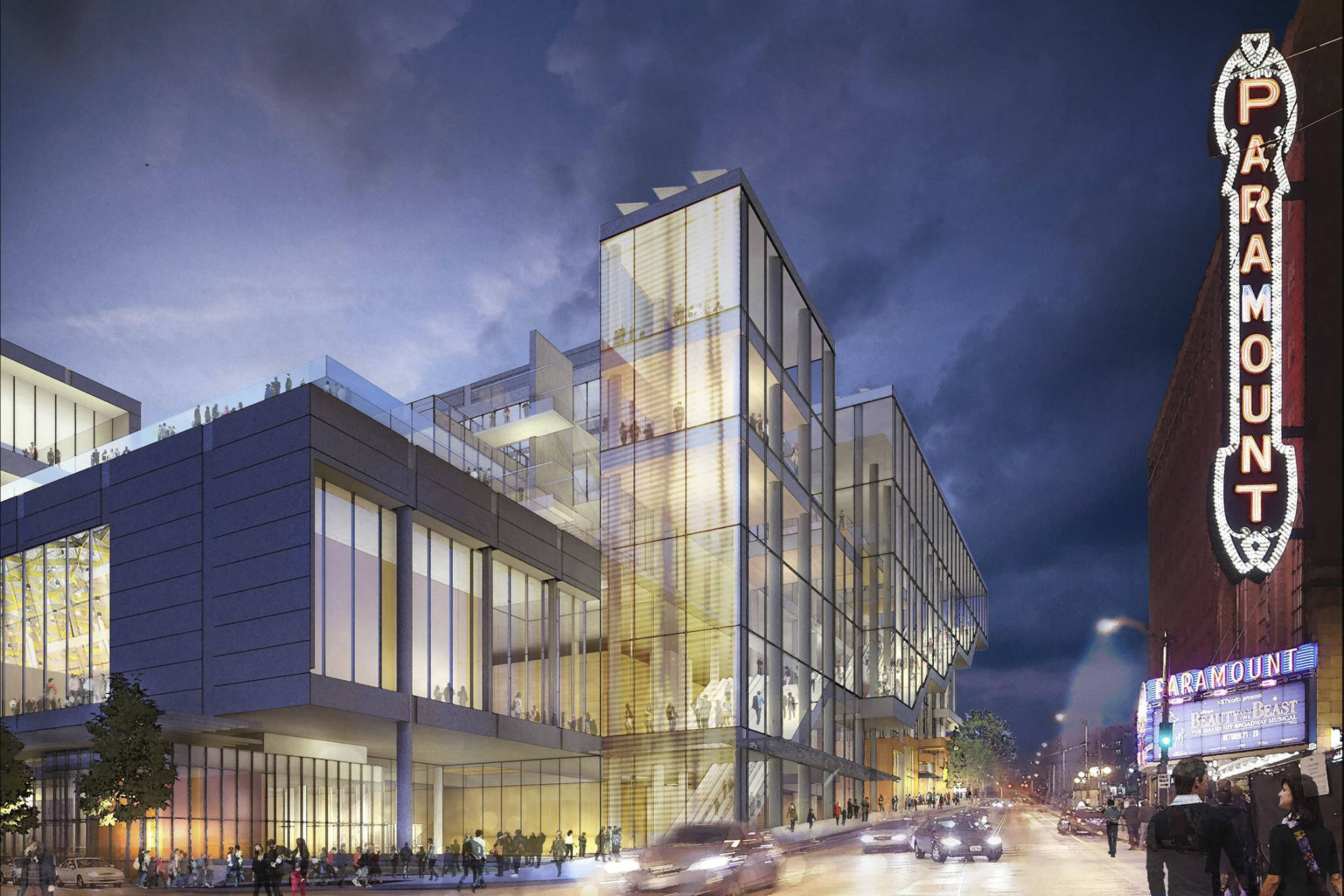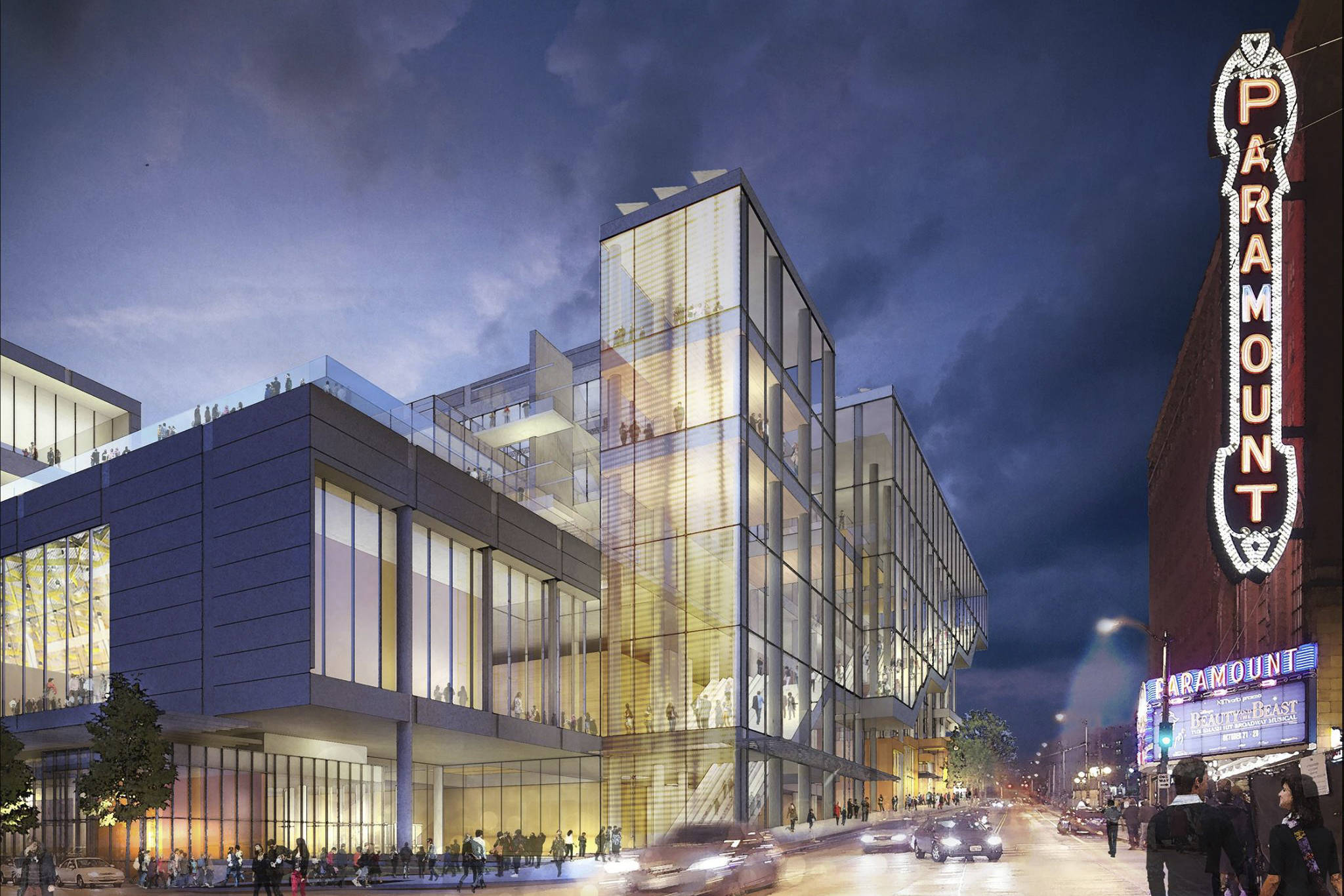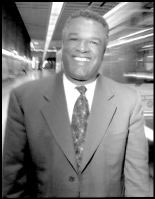“WANT TO MEET in the ‘hood?” Cheryl Chow asks with just a hint of self-consciousness. The energetic, upbeat 53-year-old former Seattle City Council member is raggedly running for reelection on a social justice platform, stressing her roots in the Rainier Valley, her early years in public housing at Yesler Terrace, and her choice to remain a resident of one of the poorer neighborhoods in the city. “People from low-income areas feel they have no voice; that’s one of the major reasons I’m running.”
Cognitive dissonance buzzes as Chow simultaneously defends her support for major downtown projects—the parking garages, the convention center, the Seattle Commons—and City Attorney Mark Sidran’s civility laws, all of which homeless activists have roundly denounced, while she represents herself as a champion of the poor. But don’t be confused. Chow epitomizes the politics of Seattle’s establishment liberalism. She believes cleaning up the city while pouring money into downtown development will promote economic growth and benefit all residents through job creation and increased tax revenues, which can then be plowed back into social services.
As Chow enters the final weeks of her campaign against renters’ rights activist Judy Nicastro, the way her politics have played out in the “‘hood” is worth examining. And what better symbol of the challenges facing the Rainier Valley during her previous tenure on the council, 1990-1997 (she stepped down voluntarily to run for mayor), than the I-90 corridor, where activists say Chow sold park land to a housing developer.
WHEN THE STATE and feds decided to build the I-90 floating bridge, the Rainier Valley became a war zone. A whole community was lost as the highway tore into the valley, ripping out a vibrant Italian business district in Garlic Gulch, destroying over 400 homes outright, and tearing out vital infrastructure—sidewalks, drainage pipes, and whole streets. The new I-90 tunnel also helped create the conditions for a violent, flourishing drug trade and a pervasive despair in the community.
Denby Barnett, a drywaller, and Bonnie Heaven, a tenants’ activist turned homemaker, moved into their first home—a HUD repo at the edge of Garlic Gulch (now more prosaically called the South Atlantic Street Community)—in 1984 and immediately set about doing their part to help the area. “This was a ‘distressed neighborhood,'” says Barnett, bursting into laughter at the understatement inherent in government-speak. Barnett joined the I-90 Development Advisory Committee (DAC), citizens charged with deciding how to repair the damage done by the tunnel. For eight years, he participated in meetings of subcommittees charged with advising elected officials. It must have been worse than the construction. Barnett describes a balancing act within the DAC between housing and open space. A lot of land had been seized by the state, the city, and the feds for I-90 and a previously abandoned highway project, the R.H. Thomson Expressway. Not only did government take housing, it also fed parts of parks to the ravenous freeways. When the construction ended, some of the land was once again available for the neighborhood. But how would it be used? “There was a tremendous growing demand for park land,” Barnett says. While Barnett supported government bringing back housing, he felt the market would do most of that. “Once the I-90 construction stopped, there was going to be a [home] building surge. There was no stopping it.” Barnett became a strong advocate for parks. He believed that as the neighborhood came back to life and families returned, the demand for active parks would increase—basketball courts, pea patches, ball fields, and picnic spots.
In 1990, down at City Hall, a new City Council member named Cheryl Chow took office and inherited both a neighborhood in crisis and a pledge. The previous year, the council had resolved to build between 374 and 661 housing units on publicly owned land, according to Chow. It was a responsibility she held paramount, even when she became chair of the Parks committee. “We were pitting two issues against one another that were very important to the city: housing and open space. It was very, very complex and tough,” recalls Chow.
Nowhere did that conflict become more heated than over two little patches of land: Bradner Gardens and Heiwa Commons. The former became a dynamic pocket park, and the latter turned into housing. Heaven and Barnett say both parcels were park land.
As a city-owned parcel with a “million dollar view,” Bradner Gardens became a subject for discussion in the I-90 DAC. Heaven acknowledges the DAC members agreed Bradner should be developed as single-family homes, but she says no one ever told them it was already on the books as a park. In the meantime, while the housing plans were finalized, the neighborhood was allowed to temporarily use Bradner as a pea patch and place to play basketball. In the process, the neighborhood discovered it liked having a pocket park and began wondering about their options.
Heaven and other activists dug into the archives and discovered in 1970 the City Council passed a law purchasing Bradner for “permanent open space and recreational uses.” But over the years, it was used for different purposes, first by the schools and then a social service agency. Collective memory of Bradner as a park was lost. Heaven says when she started forcefully pressing the issue, demanding Bradner remain a park rather than become housing, City Hall freaked out. No one dug in their heels harder than Cheryl Chow, Heaven asserts.
Chow acknowledges fighting to make Bradner housing, but only because she had incorrect information. She claims she had no idea Bradner had been park land for over 20 years at that point. “I felt very strongly we needed to try to fulfill our commitment to replace the housing” lost to I-90.
Bradner became one flashpoint in a citywide struggle over city government’s poor stewardship of parks. The controversy over Starbucks’ CEO Howard Schultz’s encroachment on Viretta Park was raging, and Seattle Weekly broke numerous stories about homeowners citywide using park property to fence out the public, build driveways, and dig swimming pools. When Heaven and allies couldn’t get any results from their elected officials, they successfully used the initiative process to create a law saving Bradner and forcing the city to protect all of its parks more aggressively. But they couldn’t save Parcel 37. It was sold before Heaven’s initiative took effect.
JUST DOWN THE HILL from Bradner is Heiwa Commons, a development of 28 single-family homes that sits on that sold parcel. Done in the new craftsman style, brightly colored and tastefully nestled next to Sam Smith Park and the large expanse of open space covering the I-90 tunnel, Heiwa has won national awards for design. Moreover, most of the homes are owned by people of moderate means—60 to 80 percent of median income.
While Heaven and Barnett compliment the development itself, they question the city’s role in turning the land over to a developer to begin with. Chow “was supposed to be the steward of the city’s park land. She used it for another purpose of hers,” Heaven says pointedly.
Chow doesn’t remember the details, but they are spelled out clearly in the law authorizing the sale of Parcel 37 to the developer, Homesight. The bill’s sponsor was Cheryl Chow.
Ordinance number 118072 states that the Washington State Department of Transportation will give the City of Seattle Parcel 37, 1.8 acres of land, “in partial compensation for park lands taken for the construction of I-90.” The money from the sale of Parcel 37 was deposited in a Parks Department account “for the purpose of developing park and recreation facilities in the I-90 corridor.”
Heaven and Barnett say it was a straightforward fleecing of the public interest. The community was never informed Parcel 37 was replacement for park land and the $70,000 price was much too low. As Barnett notes, “Although houses may be built on park land, it’s hard to get park land back out from under houses.”
Chow believes the neighborhood received adequate open space—some 50 acres—as a result of the I-90 construction. She says it was housing that really took it on the chin. “We are talking about affordable housing,” she points out. To date, of the 400 units lost, the city has facilitated the creation of 150 homes, Chow asserts. “We were able to get more housing units on Heiwa than on Bradner,” she continues. “You have to come to a pragmatic decision—what is going to be the most beneficial for the public good.”
Chow’s supporters argue her actions constitute precisely what we need from our elected officials: the ability to determine after an open discussion what is in the public interest, and the courage and tenacity to implement that decision.
Heaven and Barnett argue Chow’s actions illustrate the arrogance of power. “She really doesn’t like democracy,” says Barnett. They believe Chow willfully withheld information about priceless public resources in order to pursue her policy objectives.
Their disagreement is emblematic of a divide over how city government should be viewed, and the outcome of the Chow-Nicastro contest could indicate just how wide that divide is among Seattle voters.








